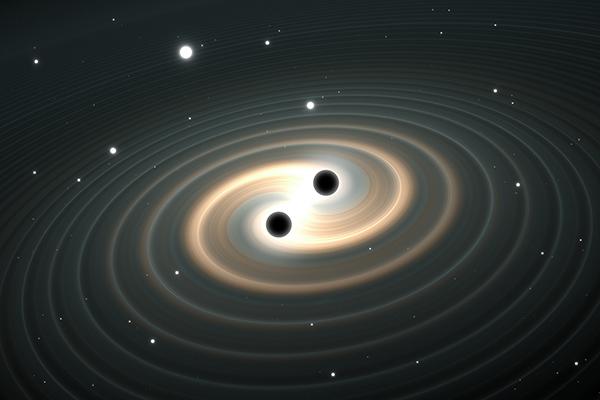
Title: The Road Ahead For Gravitational-wave Astrophysics At Light-year Wavelengths
Abstract:
The landscape of gravitational-wave astrophysics was recently broadened to light-year wavelengths, where NANOGrav and other pulsar-timing arrays found evidence for an all-sky background of gravitational waves. With this evidence came spectral information that yields insights into the signal's origin, which nevertheless remains uncertain. If pulsar-timing arrays are to become an engine of discovery for supermassive black-hole binaries and the early Universe, then there remain several open questions. How can the origin of the signal be robustly determined? When will we localize signals from individual supermassive black-hole binary systems, and how can we fuse information from light and gravity into a multi-messenger picture of these amazing sources? What probes of fundamental physics can pulsar-timing arrays tackle? I will discuss these issues and the associated opportunities in the road ahead for this burgeoning field of gravitational-wave astrophysics.
